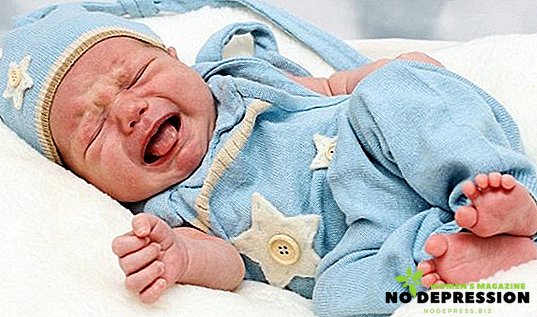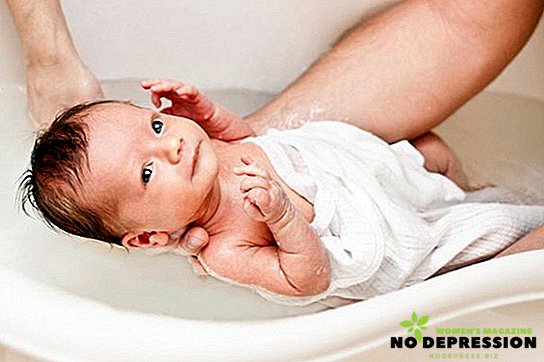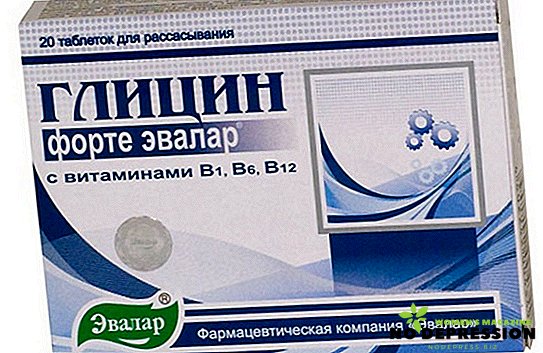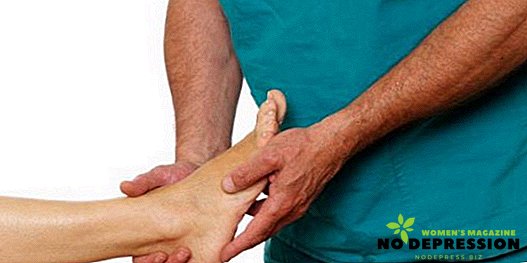Streptoderma is a frequent childhood disease, as it is very easily transmitted from one child to another. It is easy to treat it, the main thing is to start in time so that the pathology does not become the cause of complications.
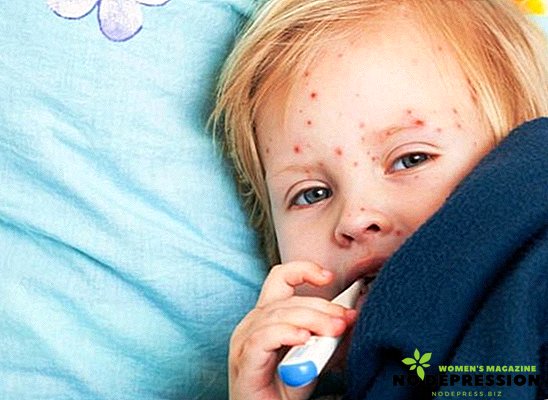
Common signs of streptoderma
Streptoderma is a skin infection that is caused by the presence of streptococcal bacteria. Most often occurs at the age of 2-6 years. The disease begins when bacteria get into the wound or other damage on the skin, for example, cuts, scratches, in the area of insect bites.
The disease manifests itself in the form of vesicles of various sizes, red spots, which are usually grouped around the nose and lips. This is the first sign of the most common type of streptoderma. Sores quickly transform into blisters, swell, burst, after which a yellowish crust appears on their surface. Over time, they disappear, leaving no traces.
Most often occurs in babies, appears under the diaper, in the skin folds. Such bubbles are filled with liquid, then they burst, leaving behind traces that pass with time.
Causes and mechanism of development
Streptoderma - a bacterial infection, the causative agent of which is streptococcus, penetrating through microdamages on the skin. Within about 7-10 days after infection, bubbles begin to form. The mechanism of development of this pathology is that the bacteria produce a toxin that breaks the upper layers of the skin and leads to the formation of bubbles.
 Streptococci are conditionally pathogenic flora that can "live" on the skin without leading to diseases. But we must remember that this gram-positive bacteria can live even without oxygen.
Streptococci are conditionally pathogenic flora that can "live" on the skin without leading to diseases. But we must remember that this gram-positive bacteria can live even without oxygen.
Also streptoderma can occur as a primary or secondary disease. In the first case, the pathogen enters the body through the injured areas, which leads to the development of the inflammatory process. In secondary streptoderma, the infection joins an already existing pathology that has affected the skin, for example, chickenpox, herpes simplex.
How is pathology transmitted
Open sores can itch, are painful. They are highly contagious - if you comb them, the infection may spread through the skin or even be transmitted to another person. In addition, the infection spreads to anything the infected person touches.
Due to the fact that streptoderma is so simple, its second name is “school disease”. She very quickly moves from child to child in a class or group where children are in close contact. Streptoderma is a global disease: according to statistics, 162 million children get it every day.
The main risk factors include:
- age from 2 to 6 years;
- skin irritation due to another disease;
- warm and humid climate;
- poor hygiene;
- the presence of dermatitis;
- weak immune system;
- diabetes;
- insect bites;
- superficial skin trauma;
- allergic rash.
If there are similar risk factors in a child, you must try to get rid of those that can be controlled. This will minimize the chance of infection.
The main forms of the disease
Strep impetigo
Very contagious and most common form of the disease. Small, red bubbles appear around the mouth, nose, sometimes on the arms and legs. Soon they burst, fluid or pus flows out of them, after which a yellow crust remains. As it dries, red markings form that most often heal without scarring.
Although such sores and not painful, they can itch very much. It is important to prevent the child from touching, scratching them, this will reduce the risk of spreading the infection to other skin areas. In rare cases, the symptoms may be more severe, such as fever, swollen lymph nodes. So our body is struggling with the manifestations of the disease.
Bullosa impetigo
For this form of the disease is characterized by the formation of large bubbles that are filled with fluid. May affect both adults and children, but most often occurs at the age of 2-5 years. With this form of bacteria produce a special type of toxin, which reduces adhesion between cells. This leads to their separation from each other between the layers of the skin.
Symptoms include:
- Large vesicles. Large blisters form on the skin, which are most commonly found on the arms, legs, and body.
- Pus. Usually blisters are filled with clear pus. They are very painful, easily injured.
- The skin becomes red, itchy. When the blisters break, the skin around the blister turns red and very itchy.
- Dark crust. At the beginning, the bubbles are covered with a yellow crust, but at the final stages, it darkens.

Streptococcal jam
In this form, swollen red spots occur, which are usually localized on the corners of the lips, and may appear both on one side and on both.
The inflammatory condition lasts for about several days, but, if left untreated, may become chronic. Other symptoms include:
- sealing in the corners of the mouth;
- easy peeling;
- slight discomfort when opening the mouth.
But there are more serious symptoms that need to be paid attention to:
- damage to the corners on the edges of the lips, while the wound does not heal;
- discomfort during meals, when talking.
Streptococcal zadea occurs mainly in children with weak immunity. This condition often develops in those who allow saliva during sleep or constantly use pacifiers, because the accumulation of saliva in the corners of the mouth can cause cracks, where the infection settles.
Streptococcal diaper rash
This is a form of the disease, which is characterized by irritation of the skin anywhere in the body where there are folds. They create warm "pockets" where the sweat falls into the "trap", which creates a favorable environment for the appearance of bacteria.
Since babies are mostly plump, have a not very long neck, they have more folds, this makes them prone to this form of the disease.
Symptoms include:
- rash;
- itching;
- unpleasant smell;
- cracked skin;
- crust formation.
Turniol
 It is an infection that affects the skin around the nail plates of the hands and feet. It can be a serious nuisance and even lead to partial or complete loss of the nail, if you do not start treatment in time. This condition begins with swelling and redness around the nail, the skin begins to ache, becomes very sensitive, becomes yellow-green. This may indicate an accumulation of pus that has formed under the skin.
It is an infection that affects the skin around the nail plates of the hands and feet. It can be a serious nuisance and even lead to partial or complete loss of the nail, if you do not start treatment in time. This condition begins with swelling and redness around the nail, the skin begins to ache, becomes very sensitive, becomes yellow-green. This may indicate an accumulation of pus that has formed under the skin.
With these symptoms, be sure to consult a doctor.
Ecthyma
This skin infection is characterized by cortical wounds, under which ulcers are formed.
It is a deep form of streptoderma. She is most susceptible to immunocompromised children, who are in a special risk group. Other factors that increase the risk include poor hygiene, high temperature and humidity, minor injuries or skin diseases, and other forms of streptoderma.
Symptoms include:
- the appearance of small bubbles or pustules in the area of skin inflammation;
- bubbles become covered with a hard crust, under which red swollen ulcers are formed;
- the diameter of the bubbles may increase up to 3 cm;
- lesions disappear slowly, scars remain after them;
- in some cases, the lymph nodes swell and become painful.
What pathologies can confuse streptoderma?
Sometimes the disease is similar with others:
- Atopic dermatitis. The hallmark is chronic itchy lesions and abnormally dry skin.
- Candidiasis. This pathology is characterized by papules or red, wet plaques, and mucous membranes are usually affected.
- Herpes simplex. Blisters that are crusted are characteristic of this pathology.
- Dermatophytosis. In this case, the lesion is usually scaly, red blisters may appear on the legs.
- Insect bites. Papules are visible at the site of the bite, can be painful.
- Scabies. Damage consists of boils, small blisters, and itching at night.
- Chickenpox. In this case, blisters appear all over the body, and oral mucosa may be affected.
Complications of Streptoderma
This pathology is well treated when carrying out hygiene and taking antibiotics. Rarely streptoderma leads to serious complications, but for some reason it can still happen. Complications include:
- Cellulite If the infection penetrates deep into the skin, it can cause cellulite, that is, purulent fusion of the subcutaneous fat. However, this condition is typical for adults.
- Sepsis. Deep streptoderma without treatment can lead to sepsis. This infection is life threatening, causes severe fever, confusion, and vomiting. Requires immediate hospitalization.
- Streptococcal syndrome of toxic shock. It develops if streptococci secrete toxins that damage the skin. This syndrome causes pain, high fever, redness throughout the body. This is a serious pathology, in which the child requires urgent hospitalization and the administration of antibiotics intravenously.
Features of treatment of streptoderma
The goal of therapy is to relieve discomfort, improve skin condition, prevent the spread of infection.
Local treatment
Antiseptic preparations
A mild cleansing is recommended to remove yellow crusts using antibacterial soap and a soft sponge. You can use Chlorhexidine, Sodium Hypochlorite - this will prevent the transfer of streptoderma.

Local antibacterial drugs
Antibacterial therapy is relevant for those who suffer from an uncomplicated localized form of this pathology. Local therapy allows you to destroy an isolated lesion, to limit the spread. Local antibiotics in the form of ointments have the main advantage - they are used only for those areas where it is necessary. Also, their use minimizes antibiotic resistance, prevents side effects from the gastrointestinal tract.
The disadvantages of local treatment are that they cannot eliminate microorganisms from the respiratory tract, if present.
The most famous drugs:
- Mupirocin. This is a local antibiotic that is used in the treatment of streptoderma. Unlike many other drugs that act on bacterial DNA or on the walls of bacteria, this tool blocks the activity of the enzyme that causes protein synthesis. And without this ability, the bacteria simply die. Due to its unique mechanism of action, Mupirocin leaves bacteria with little chance that they will become resistant to this drug. For the treatment of streptoderma, a small amount of ointment should be applied to the affected area 3 times a day, the area on top covered with a sterile gauze cloth.
- Retapamulin. Another local antibiotic. First you need to clean the affected area, then apply a little ointment. Usually used twice a day for a week. Cover the treated area with a bandage or gauze. At the same time, it is important to remember that too early cessation of the use of the drug will allow bacteria to multiply further, which can lead to a relapse.
- Gentamicin. This tool is used to treat mild streptoderma or other skin diseases. Gentamicin stops the growth and development of bacteria. You also need to clean and dry the affected area, remove hard skin to improve the contact between the antibiotic and the infected area. Then it is necessary to apply a small amount of the product with a thin layer, use up to 3-4 times per day. Dosage and duration of treatment depend on the state of health, the body's response to therapy.
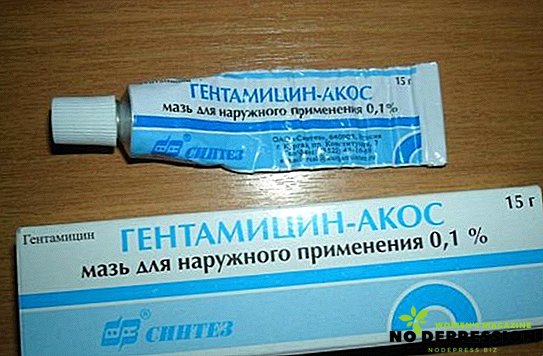
- Baneocin. Streptoderma ointment containing neomycin and bacitracin (antibiotics). Destroys bacteria and prevents their growth. Apply funds to the affected areas up to three times per day.
Systemic antibiotic treatment
Systemic antibiotic therapy is most often used in the treatment of severe streptoderma or if local therapy has not brought results. Before prescribing antibiotics, the doctor should examine skin samples for resistance. The most famous drugs are Erythromycin, Clindamycin.
Home remedies
Streptoderma in children cause a lot of unpleasant symptoms: itching, pain, general discomfort. To relieve these symptoms, you can use some home remedies. They will also help strengthen the defenses so that the body can better fight the infection.
These include:
- Fresh juices. This will help the infant's immune system fight infection better. It is recommended to use vegetable and fruit juices, rich in vitamin C.
- Raw grain, fruits and vegetables. Look for antioxidant products in stores. It will also allow the body to fight the infection faster. Include berries, nectarines, bananas, tomatoes, lentils, flax seeds in your diet.
- Essential oil of myrrh. Mirra has anti-inflammatory and wound-healing effect. Apply a small amount of essential oil to ulcers to relieve and relieve pain. It also accelerates the healing of ulcers.
- Zinc. Zinc will improve immunity and will be particularly useful in the treatment of babies who have developed streptoderma in the diaper area. Local use of zinc will soothe the skin, and oral administration will allow the body to fight the infection faster. The main thing is to consult with your doctor in advance.
- Tea tree oil. Also has antiseptic properties. It is most commonly used in the treatment of fungal infections, but can also be used in streptoderma.

- Olive oil. Often, the bubbles cause severe discomfort and itching. Use olive oil, it is an excellent natural moisturizer to soothe the skin and facilitate the removal of crusts. Thanks to olive oil, a topical antibiotic penetrates deep into the skin to speed healing.
- Turmeric. In most oriental cultures, it is a spice used as an anti-bacterial and anti-inflammatory agent. Apply turmeric paste to the wound for faster healing.
- Grapefruit Seed Extract Such an extract is made from the seeds and cellulose of this fruit. Many practitioners of traditional medicine use this tool in the treatment of streptoderma. It should be applied topically, always diluted with water, apply to the blisters. The extract will not only allow wounds to heal faster, but also ease inflammation, relieve redness.
Hygiene and Prevention
Since streptoderma is an infectious bacterial disease, the best way to prevent infection is to keep your skin clean. Insect bites, cuts, superficial wounds should not be ignored.
After receiving damage, rinse the area with warm water, apply a disinfectant. If even a child develops a pathology after this, it is necessary to keep family members safe.
The following measures will help you prevent the spread of infection:
- Wash infected areas with warm water and soap.
- Cover them with a non-sticky bandage so that the child does not scratch the wounds with his nails.
- Every day, wash your baby's clothes separately.
- Cut the baby's nails, this will prevent scratching and the development of a secondary infection.
- When applying a local antibiotic, always wear latex gloves, and then wash your hands thoroughly with soap and water.




